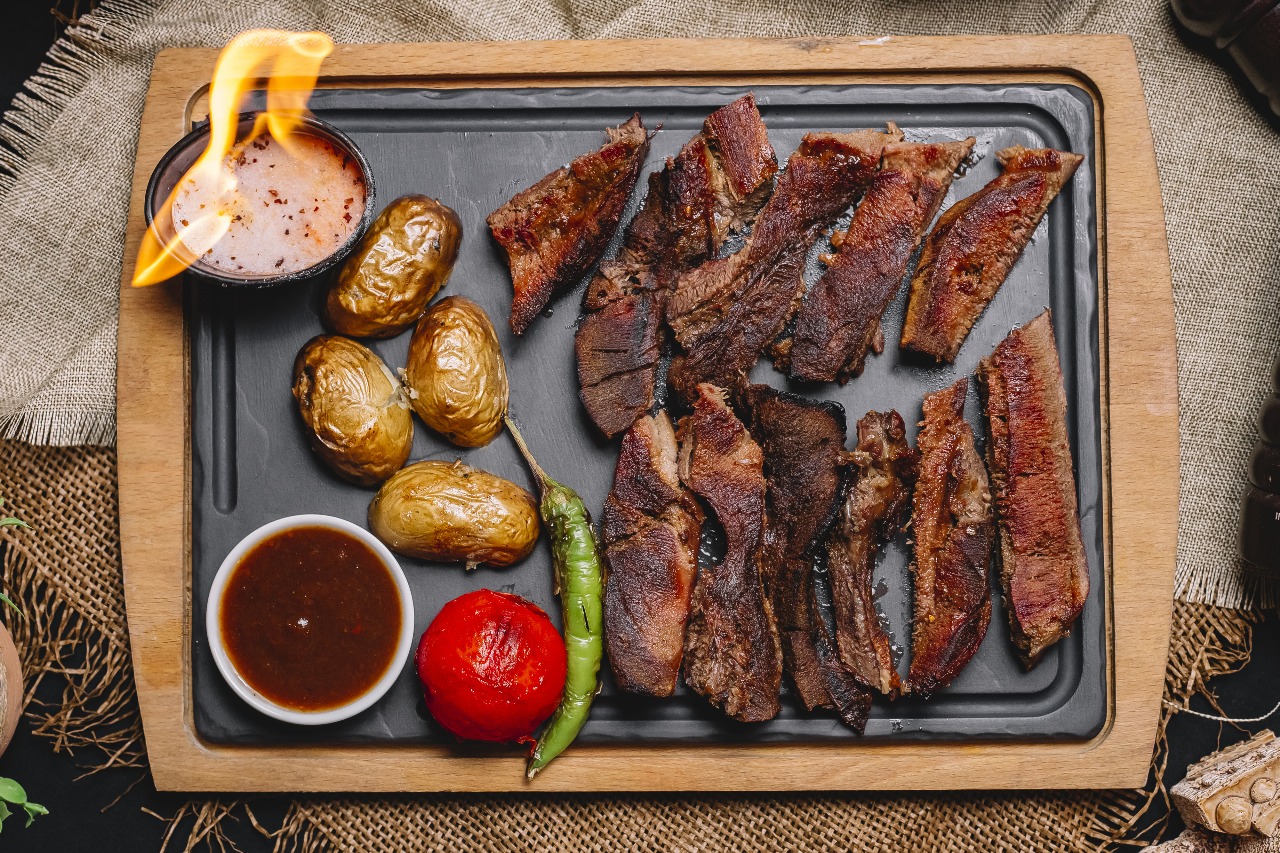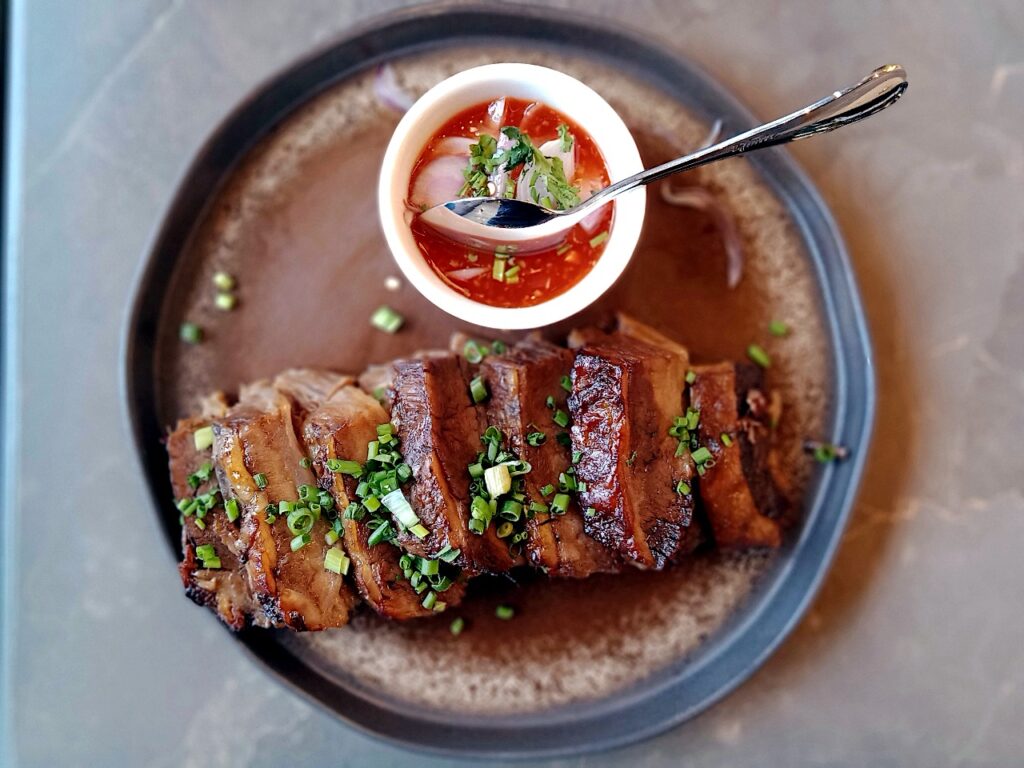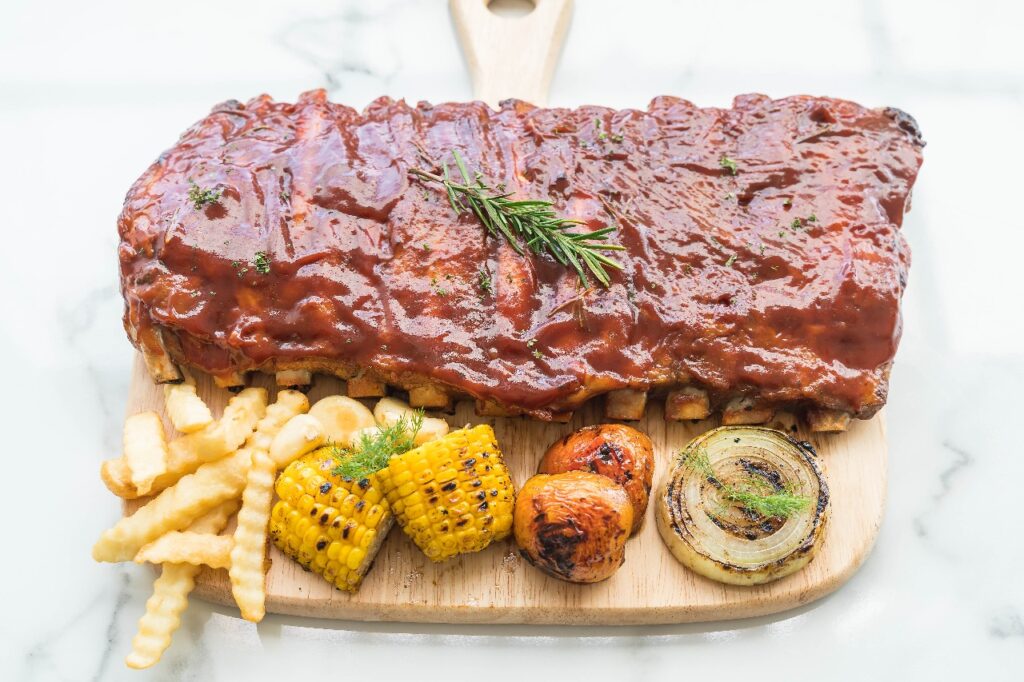- ACTIVITIES
6 Very Best Halloween Pranks


Grilling a brisket on a gas grill might seem daunting, but with the right techniques, it can be a rewarding experience that results in a tender, flavorful masterpiece. Whether you’re a BBQ enthusiast or a home cook looking to impress, mastering the art of grilling brisket on a gas grill is within reach. This guide provides detailed methods, tips, and variations to ensure your brisket is the star of your next cookout.
For those pressed for time, this quick weeknight method allows you to enjoy delicious brisket without the long wait associated with traditional smoking techniques. By utilizing a few shortcuts, you can achieve a tasty result that’s perfect for a weeknight dinner.

If you have the time and desire to create a truly authentic BBQ brisket, this from-scratch method provides a step-by-step guide to achieving that perfect smoky flavor using your gas grill.
Choosing the right cut of brisket is crucial for a successful BBQ. Look for a brisket with a good amount of marbling and a thick, even layer of fat. The fat cap helps keep the meat moist during the long cooking process. A whole packer brisket includes both the flat and point cuts, offering a combination of lean and fatty meat.
Having the right equipment can make or break your grilling experience. A reliable gas grill with temperature control is essential. A meat thermometer is necessary for monitoring internal temperatures, and a smoker box or foil packet for wood chips will add the desired smoky flavor. Additionally, a sharp carving knife and a sturdy cutting board are vital for serving.
The dry rub is what gives your brisket its distinctive flavor. The combination of spices should complement the natural taste of the beef. Experiment with different spices to create your signature rub, but always include a balance of sweet, spicy, and savory elements.
Wood chips are key to infusing your brisket with a smoky aroma. Hickory and mesquite are popular choices, each imparting a unique flavor profile. Soak the chips in water before use to prevent them from burning too quickly, and place them in a smoker box or directly on the grill’s heat source.
The Texas crutch is a method used to speed up the cooking process and retain moisture by wrapping the brisket in foil. This technique is particularly useful when cooking on a gas grill, as it helps to maintain a consistent internal temperature and prevents the meat from drying out.
Monitoring the internal temperature is crucial to achieving the perfect brisket. A digital meat thermometer is the best tool for this task. The ideal internal temperature for brisket is around 195°F, which ensures the meat is tender and juicy.
Grilling brisket is a time-intensive process that requires careful planning. On average, a brisket takes about 1 to 1.5 hours per pound to cook on a gas grill. Plan your cooking schedule accordingly, allowing for any additional time needed for the Texas crutch and resting period.

Brisket pairs well with a variety of sides and sauces. Classic BBQ sides include coleslaw, baked beans, and cornbread. When it comes to sauces, a tangy vinegar-based sauce complements the richness of the brisket, while a sweet and spicy sauce can enhance its smoky flavor.
Proper storage and reheating can help maintain the quality of leftover brisket. Store sliced brisket in an airtight container in the refrigerator for up to four days. To reheat, wrap the brisket in foil and warm it in a 250°F oven until heated through. Avoid microwaving, as it can dry out the meat.
Once you’ve mastered the basics, try experimenting with different brisket recipes to keep things exciting. Consider a coffee-rubbed brisket for a rich, deep flavor, or an Asian-inspired brisket with soy sauce and ginger for a unique twist. These variations can add new dimensions to your BBQ repertoire.